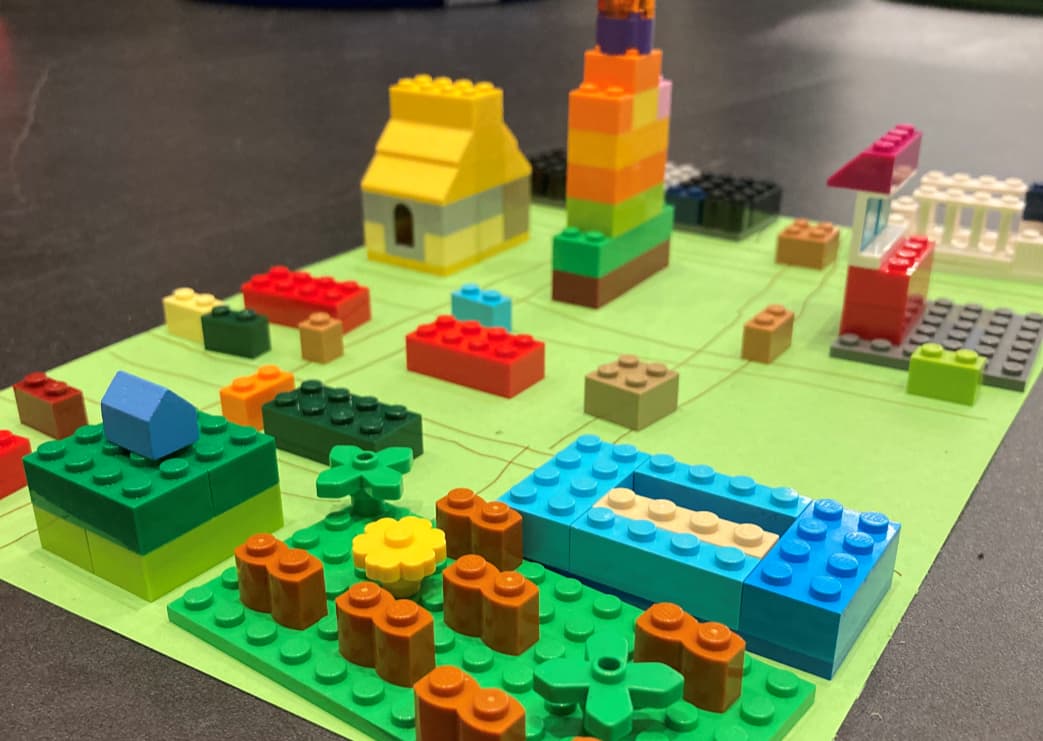
Description of educational activity
What better way to get to know the immediate environment of your school than to become familiar with the history and characteristics of its neighbourhood? In this activity, students learn about the people who live in the area around their school and the buildings that have been built there. During their visit to the MEM, they discover what makes the school’s neighbourhood different from other parts of the city. The students then create a collage to show what their ideal neighbourhood would look like.
Your Neighbourhood takes place at the MEM in three stages:
- A tour of the MEM’s public spaces and permanent exhibition to situate the school’s neighbourhood and understand its components.
- A presentation about the students’ neighbourhood using old photographs. This visit is adapted to the area in which the school is located.
- A Lego workshop in which students imagine what their ideal neighbourhood would look like and what elements it would include.
Objective
- Get to know the school’s neighbourhood, including its territory and history.
Links to the Québec Education Program (QEP)
Elementary Cycle 1
Cross-Curricular Competencies
- Exercise critical judgement
- Use creativity
- Construct one’s identity
- Cooperate with others
Geography, History and Citizenship Education
- First representation in space and time: acquire knowledge related to location in space and time with regard to human elements, natural elements, people, groups, and events.
The MEM is listed in the Répertoire culture-éducation. The activity is eligible for financial support through the Sorties scolaires en milieu culturel.
Educational vision
The MEM's educational offering is the fruit of a collective effort involving a committee of some fifteen teachers and education specialists, as well as community partners working in the fields of civic engagement, living together and accessibility.
Our educational programs aim to equip young people to become citizens interested in their city, its challenges and its history. They aim to foster their awareness of the importance of living together and their commitment to their community.
Our programs talk about Montreal, its history, its territory and its people, through such perspectives as neighborhoods, immigration, citizen power and disability. The varied activities that make up our programs encourage students to share their experiences, develop critical thinking skills and empathy, and foster civic engagement.